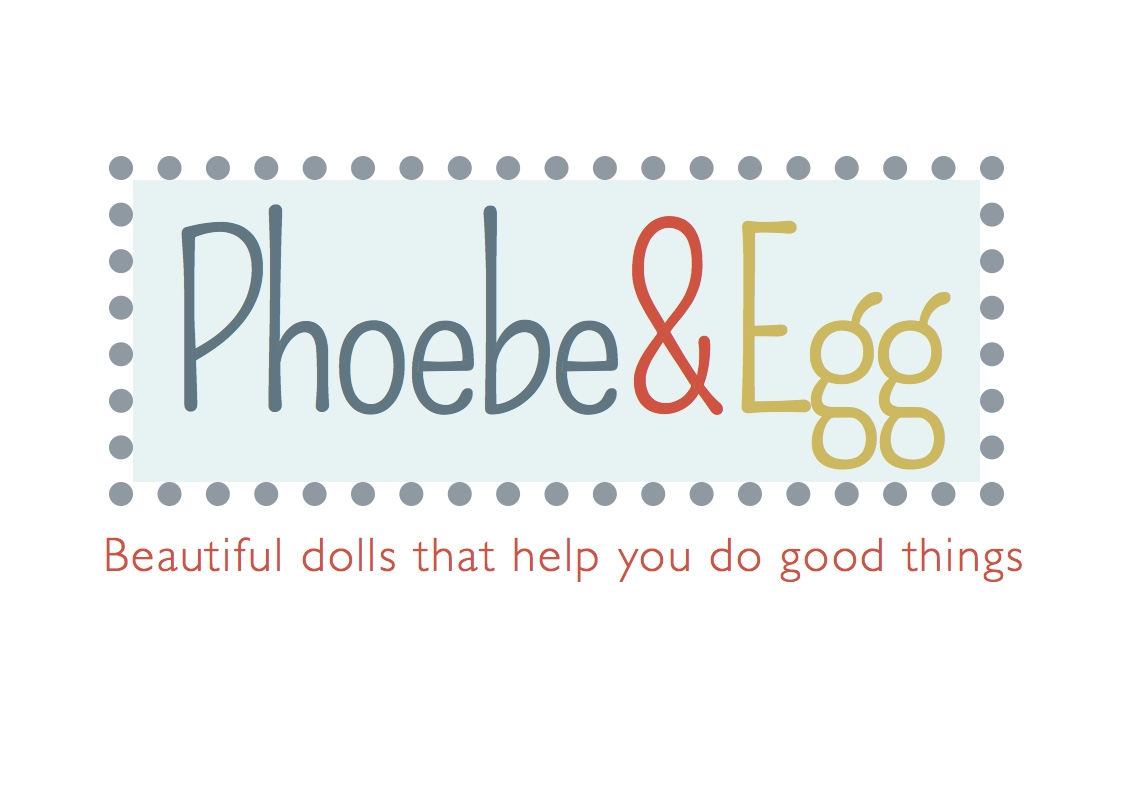For the past few years, I’ve noticed a growing trend among doll-makers and other crafters to claim that their finished product is made from upcycled materials. It’s one of those terms that make consumers feel good about what they are buying. Sellers get to feel good and sell more, because consumers want products that they believe are good for the environment. Organic, recycled or upcycled are all terms that connotate environmental good.
But I started to wonder about the trend and the word, when I was confronted with an “upcycling” opportunity myself. Our family, like a lot of families, has a “Good Will” pile that we bring to a station in our town and the clothes are given to the Salvation Army (despite the name of our pile). For the past few weeks, three of my old J Crew merino cardigans have sat atop of the pile, sort of taunting me.
They could easily be washed, felted and made into upcycled doll clothing.
Three Sweaters, what should they be? A question about upcycling
The first step would have been throwing them in the washing machine to felt. The second step would be to cut them into doll clothing components. Both very easy steps, but both were irreversible. The sweaters could no longer be a sweater for someone else who was a little less fussy than me, possibly someone who could really use a free sweater.
I could not bring myself to take that next irreversible step, which led me to research the term upcycling. What exactly is it?
According to Wikipedia, upcycling "is the process of converting waste materials or useless products into new materials or products of better quality or for better environmental value.”
I would not be doing that.
In fact I would be doing the opposite. I would be making a useful object, slightly less useful. Although there are many upcycled crafts that are making useful objects out of what people normally toss, this wasn’t one of them.
Maybe I could consider this recycling. I looked up that definition too (I have a Masters in Environmental Policy, you’d think I’d know these things):
Recycling is a process to change (waste) materials into new products to prevent waste of potentially useful materials, reduce the consumption of fresh raw materials, reduce energy usage, reduce air pollution (from incineration) and water pollution (from landfilling) by reducing the need for "conventional" waste disposal, and lower greenhouse gas emissions (Wikipedia again).
Although I would be using used fabric instead of new, I would not be preventing the waste of the original product, since its destiny was not the waste stream. So I could rightfully not claim recycled either.
I do not want to judge other crafters, I have no idea what their original materials were before they were "upcycled", but I could not convert my sweaters into doll clothing, I realize that I am using new fabric, which is not exactly an environmental choice either, but using the sweaters would not qualify as upcycling. Repurposed yes, upcycled not so much.
But for now, I am keeping the sweaters in our “Good Will” pile, which should soon be packed up and donated.
But that actually wasn't why I wrote this post. I mostly have an issue of accuracy in labeling if you are going to sell your product as having environmental benefits.


